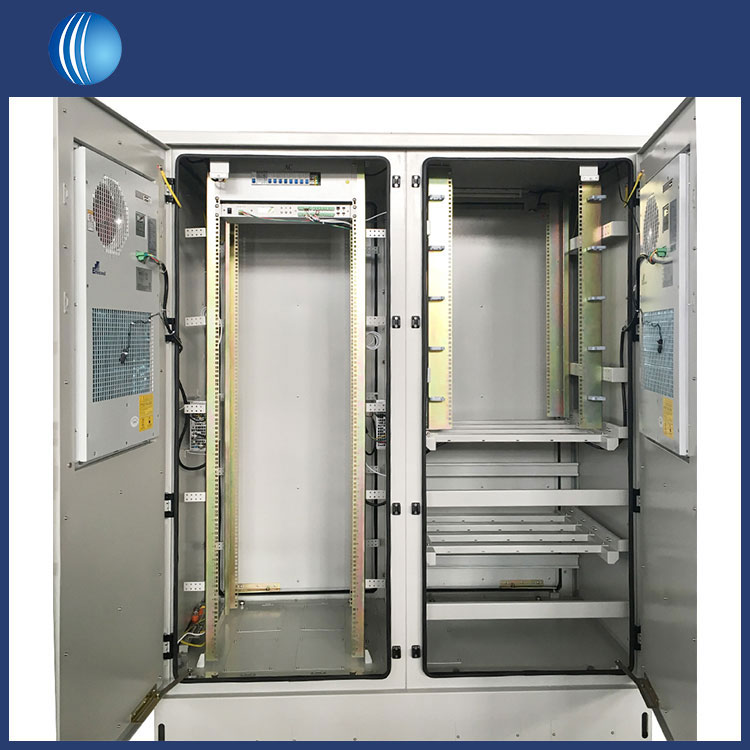How do I choose an outdoor enclosure for animals that actually works in real weather?
2025-11-12
I build and specify animal spaces for backyards, shelters, farms and parks, and the first lesson I learned is simple — the best plan fails if the structure can’t survive wind, teeth, claws and rain. When I need a custom layout or a smarter cabinet attached to the pen, I often turn to Shouke Yuantuo because they understand how a tough Outdoor Enclosure should balance animal comfort with human maintenance. This guide is the checklist I use in real projects so you can avoid the common, expensive missteps.
What are the real problems people hit in the first month?
- Panels rust at the cut edges and stain the patio
- Animals overheat midday because the roof traps heat and blocks airflow
- Digging at corners creates escape routes and invites predators
- Locks are easy to flip and fail under curious paws or public vandalism
- Feeders, cameras and heaters run exposed cables that get chewed
- Cleaning takes too long because floor drainage was an afterthought
Which materials make sense for my climate and my animals?
| Material | Weather resistance | Predator and escape resistance | Cleaning effort | Best fit | Notes from the field |
|---|---|---|---|---|---|
| Galvanized steel mesh with powder-coated frame | High in rain and snow when coating is quality | High with 12–16 gauge and tight mesh | Easy with hose-down and mild detergent | Dog runs, chicken coops, public-facing pens | Look for sealed welds and touch-up paint for cut edges |
| 304 stainless frame with 304 mesh | Very high, even near coast | Very high, resists prying at fasteners | Easy, tolerates disinfectants | Zoos, rescue centers, high-humidity sites | Costs more up front but outlasts painted steel in salt fog |
| Aluminum frame with marine powder coat | High and corrosion-proof in most yards | Medium to high with proper fasteners | Easy, lightweight panels | Cats and rabbits, rooftop catios | Use stainless fasteners to avoid galvanic corrosion |
| UV-stabilized polycarbonate roof panels | High against UV and hail rated options | N/A for walls | Easy, smooth surface sheds dirt | Shade and rain cover for any species | Choose multi-wall sheets for insulation and light diffusion |
How do I size the space without guessing?
- Cats and small dogs — plan at least 2.5 times body length for a full sprint and two vertical tiers
- Rabbits — no less than 8 square feet per rabbit plus a covered bolt-hole area
- Backyard chickens — 3–4 sq ft per bird inside the coop and 8–10 sq ft per bird in the run
- Working dogs — add a shaded rest bay separate from the feeding bay to reduce resource guarding
- All species — allocate a 600 mm service corridor along one side for cleaning and inspection
How do I stop predators and escape artists without turning the pen into a prison?
- Mesh choice — 25 mm squares for cats and small dogs, 12 mm for rabbits, welded not woven
- Anti-dig apron — extend mesh 300–450 mm outward underground around the perimeter
- Anti-climb edges — turn the top 200 mm inward or cap with solid panels
- Locks that matter — keyed or tool-only latches with shrouds against tampering in public spaces
- Sight lines — solid panels on the predator side calm prey animals without sacrificing airflow
Why do shade, airflow and drainage decide comfort more than any toy?
- Roof that breathes — combine solid roof over rest zones with open mesh over play zones
- Cross-ventilation — opposing walls at 30–50 % open area keeps summer heat from spiking
- Water management — a 1–2 % floor slope toward a drain keeps paws dry and odors down
- Winter plan — windbreak panels on the prevailing-wind side and radiant heat pads in insulated boxes
Can I protect electronics for feeders, cameras and pumps without adding new hazards?
- Use a sealed cabinet rated to IP65 or NEMA 4X outside the animal zone
- Run chew-proof conduit and add grommeted cable glands
- Install ground fault protection and keep outlets 300 mm above highest wash-down level
Where does Shouke Yuantuo fit into a real animal project?
When I need panels that bolt together fast and a tidy service cabinet that locks, I look for a supplier that blends stock options with true customization. The team at Shouke Yuantuo keeps standard wall-mount and floor-standing boxes ready for quick ship, offers an updated basic line for everyday jobs, and makes top-cover outdoor cabinets that shed rain. For animal facilities, we adapt those cabinets with tamper-resistant hardware, corrosion-resistant finishes, rounded edges, drainage and easy-clean floors, plus pass-throughs for heat lamps or automatic feeders. Their shop runs modern turret presses and fiber lasers, so odd sizes and dense hole patterns are routine rather than special favors. That mix lets me match enclosure panels and equipment cabinets so everything installs in hours instead of weeks.
What quick spec sheet should I send to get an accurate quote the first time?
| Item | Why it matters | My baseline spec | Upgrade when needed |
|---|---|---|---|
| Species and headcount | Drives mesh size and height | 25 mm welded mesh for cats, 1.8 m tall | 12 mm mesh for rabbits and small predators nearby |
| Footprint and height | Determines panel count and roof loads | Service corridor 600 mm on one side | Walk-in 2.2 m clear height for staff comfort |
| Climate and corrosion | Protects edges and hardware | Zinc-rich primer with outdoor powder coat | 304 or 316 stainless near coastlines |
| Security exposure | Prevents tampering in public spaces | Tool-only latches on gates | Lock shrouds and anti-vandal hinge pins |
| Wash-down method | Sets drainage and floor finish | 1–2 % slope to drain | Removable trays and trench drain for shelters |
| Attached equipment | Keeps power safe and tidy | IP65 wall cabinet with gland plate | NEMA 4X with sunshield in direct sun |
How do I make installation fast and tidy?
- Order modular panels with pre-punched holes and captive nuts
- Use ground anchors or surface plates when concrete isn’t allowed
- Label panels and bag fasteners per bay so crews work in parallel
- Dry-fit the gate first to confirm square, then hang roof panels
Which mistakes should I avoid even if the catalog looks tempting?
- Glossy dark roofs in hot sun that turn the space into an oven
- Chicken wire for rabbits or cats that flexes and fails
- Coatings without edge protection at cuts and door openings
- Single latch gates where clever paws learn the trick in a week
Would a real example help visualize the choices?
On a recent rescue catio, we combined aluminum frames and stainless fasteners with a polycarbonate roof that let in light but not heat. A small sealed cabinet held a camera NVR and a timer for feeders. Anti-dig skirts stopped the jailbreaks, and the maintenance team now hoses the floor once a day without puddles or odors. Build time was one afternoon with two people because the panels were labeled and the hardware was pre-packed.
Ready to make your outdoor enclosure safe, easy to clean and quick to install?
If you want a custom layout or you need a matched cabinet for power and controls, tell me what you are housing, how many animals you care for, the footprint you can spare and any weather or security constraints. I can help you translate that into a clean spec and coordinate with Shouke Yuantuo for fabrication. If you have drawings or a rough sketch, contact us and attach them so we can quote accurately and propose the fastest build path. Let’s make the next Outdoor Enclosure the one you enjoy owning rather than repairing.



